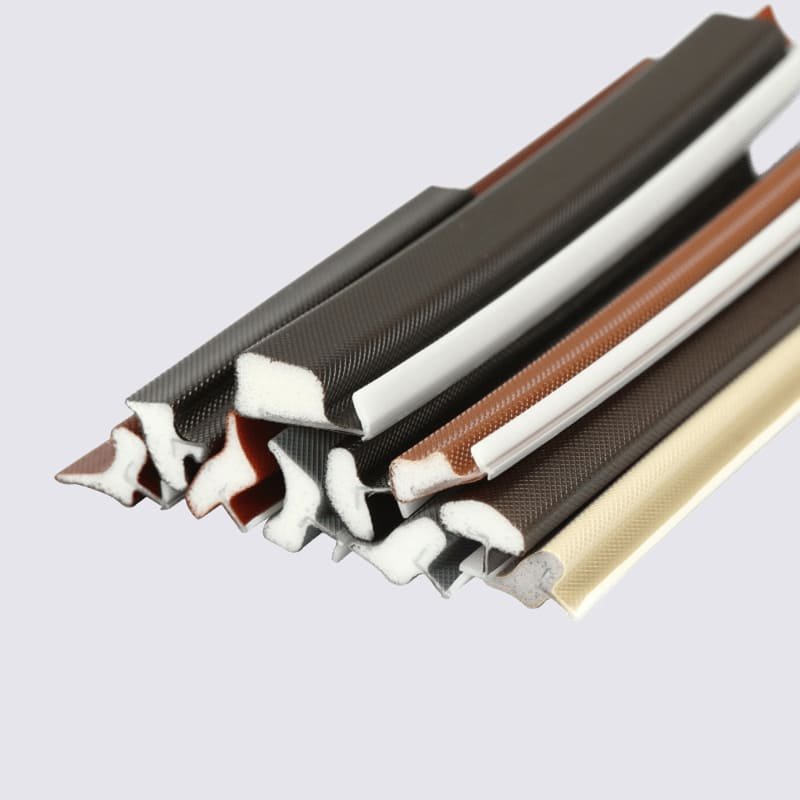As any car owner knows, heater hoses are an important component that can greatly impact the performance and longevity of your vehicle’s heating system. Ωστόσο, the standard rubber heater hoses used in many vehicles have some significant drawbacks. Silicone heater hose has emerged as a superior alternative, offering enhanced durability, αντοχή στη θερμότητα, and lifespan.
Traditional rubber heater hoses work
Traditional rubber heater hoses work, but they are prone to deterioration over time due to constant exposure to heat, δόνηση, and changes in pressure. The constant expansion and contraction caused by hot and cold vehicle operation gradually weakens rubber hoses. As rubber hoses age, they become dry, brittle, and prone to cracking. They can also develop kinks or bulges that restrict fluid flow. Deteriorated rubber hoses are more likely to suddenly leak or burst without warning.
Some key advantages of silicone heater hoses
Replacing failing rubber hoses can be inconvenient and costly, as the heater core and other components may need to be drained and disassembled to access the hoses. Ωστόσο, silicone hoses provide a much longer lifespan that can help avoid these issues. Silicone is simply more durable than rubber when subjected to harsh automotive conditions.
- Θερμική αντίσταση – Silicone can withstand consistently higher temperatures than rubber without degrading. This allows silicone hoses to maintain integrity even after many years of use in a vehicle’s pressurized cooling and heating system. The maximum continuous operating temperature for silicone hoses is around 500°F, whereas rubber hoses may fail above 250°F.
- Αντοχή – Silicone remains flexible even after exposure to extreme heat. It is less prone than rubber to developing dryness, ρωγμές, bulges or kinks over time. Silicone hoses endure expansion and contraction cycles better than rubber without fatigue or deterioration.
- Χημική αντίσταση – Silicone is highly resistant to the effects of automotive fluids like coolant, έλαιο, fuel and brake fluid that can degrade and weaken rubber. It retains flexibility and strength when exposed to these chemical elements.
- Longer Lifespan – Even after over a decade of use, silicone hoses may still be in good condition. Whereas rubber hoses often need replacing every 5-7 years as they begin to dry, crack and harden due to environmental stresses. Silicone hoses can last the lifetime of the vehicle in many cases.
- Vibration Resistance – Silicone is very elastic and resists cracking from engine vibration better than more brittle rubber alternatives. This prevents premature hose failure caused by vibration stresses.
- Lower Permeability – Rubber is semi-permeable and allows coolant and fluids to slowly pass through over time. Silicone forms a nearly impermeable barrier that fully contains liquids inside the hose.
While more expensive initially, silicone hoses deliver significant cost savings in the long run by eliminating multiple rubber hose replacement jobs over the life of a vehicle. Labor to replace failing rubber hoses can easily exceed the modest additional upfront cost of silicone when amortized over a decade or more of service.
Some drivers choose to swap out old rubber hoses for silicone proactively before failure occurs
This avoids potential coolant loss or overheating issues from a hose rupture on the road. Silicone hoses are also becoming a factory option on some newer high-performance vehicles from brands like BMW, Mercedes and Toyota that benefit from the material’s exceptional heat and stress resistance in demanding environments.
Aftermarket silicone hose kits are widely available for retrofitting older vehicles. When installing aftermarket silicone hoses, it’s important to measure carefully for accurate fit. Look for hoses rated for the correct temperature and pressure specifications of your cooling system. While more flexible than rubber, avoid excessively tight bends that could kink or restrict flow. Use the same clamp placement and tightening technique as the original rubber hoses. Proper installation ensures reliable, leak-free operation.
Beyond basic heater hoses, other potential silicone hose applications include radiator hoses, transmission cooling lines, power steering hoses, oil cooler hoses and intake pipes. Silicone provides unmatched performance for high-temperature areas prone to premature hose failure. Some race teams even use silicone fuel lines for their resistance to gasoline permeation compared to conventional polymers.




